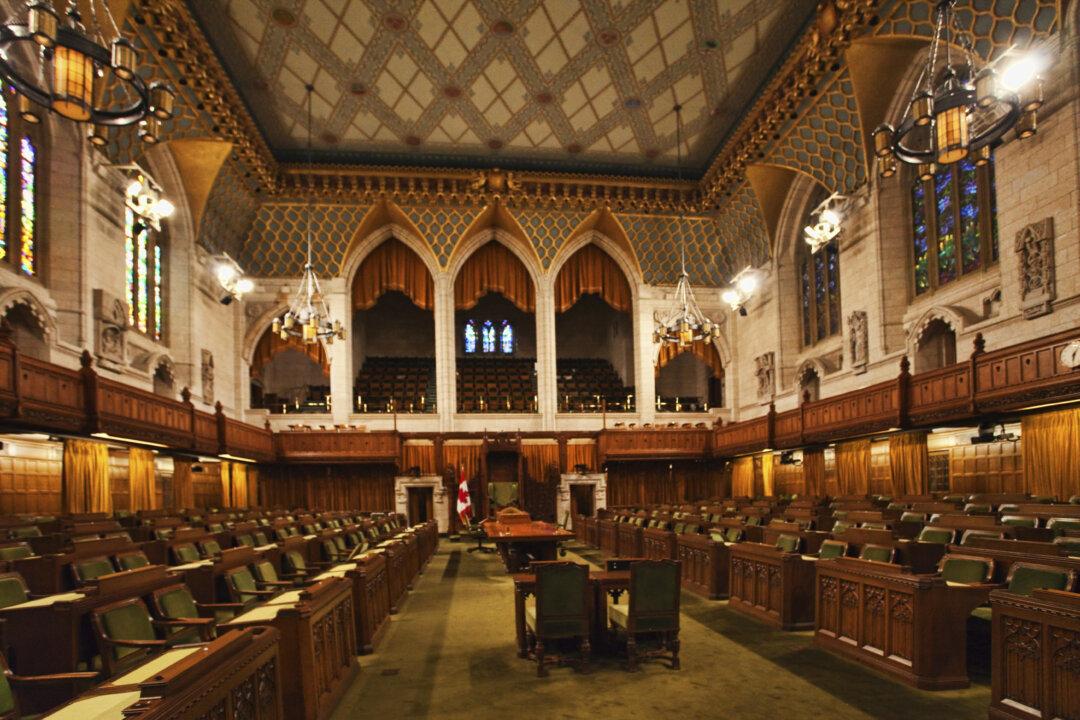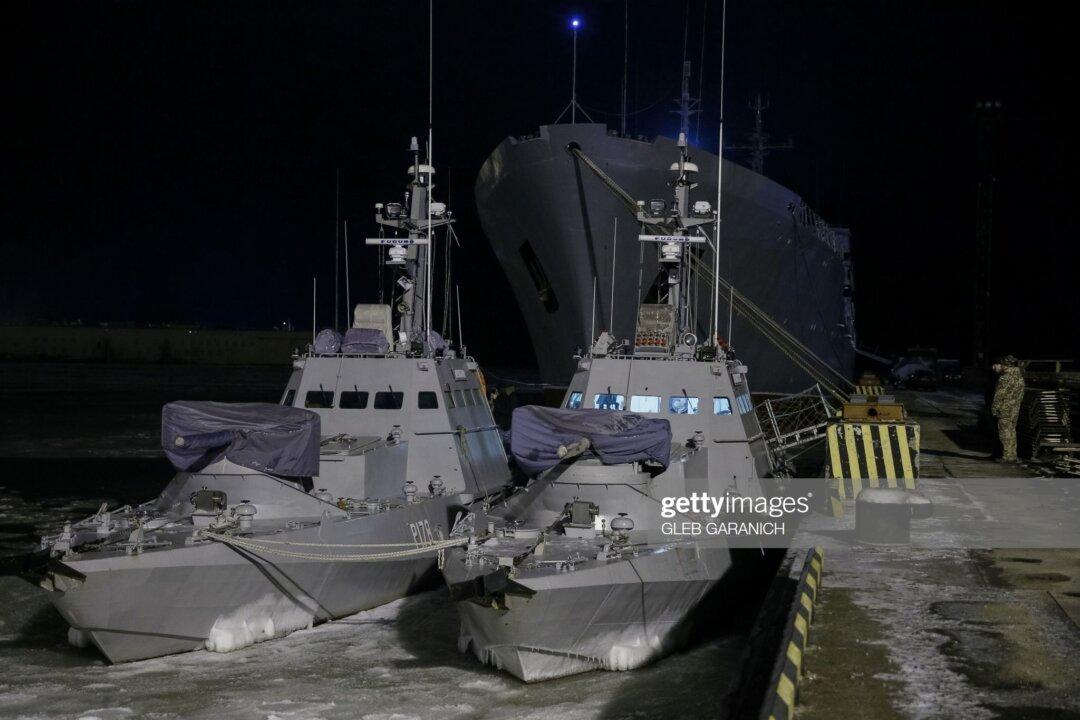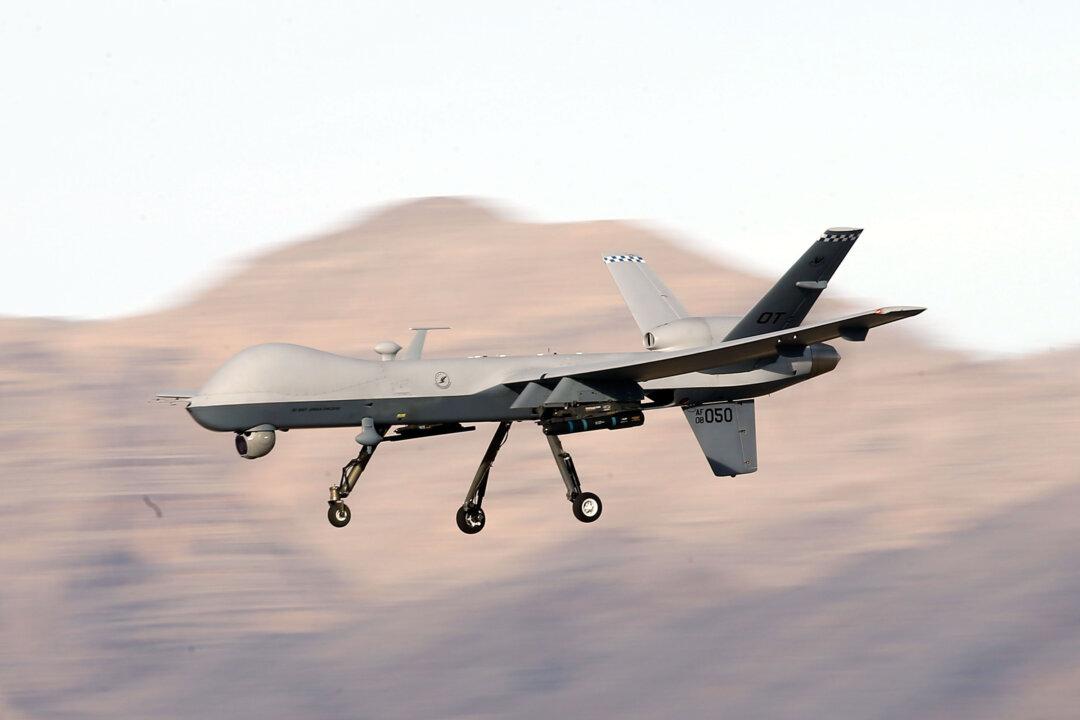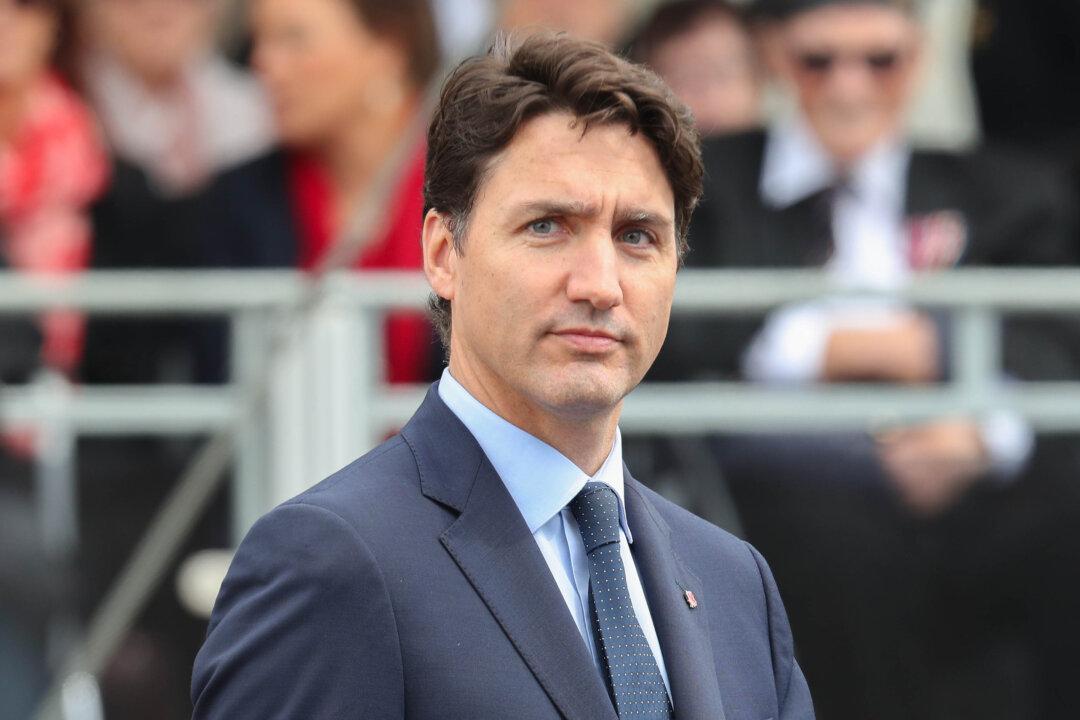Whinging all the way, Canadians are stumbling through the last week of their preternaturally extended federal election campaign. Indeed, from listening to the laments, one would think that a society of 100-yard sprinters had been condemned to run a mile.
Such wailing and gnashing of teeth obviously amuse U.S. observers whose federal elections are marathons, beginning the moment the last vote is counted in the previous election.
Nevertheless, like enduring the “coldest winter” or the “hottest summer,” the “longest (modern) election” is one for your books.
Still no Canadian will be surprised the process has barely twitched the U.S. political seismograph, beset as we are with the fulminations of Donald Trump, the e-mail evasions of Hillary Clinton, and/or the persistent inability of the Republican Party to find a teacher for its House of Representatives kindergarten.





